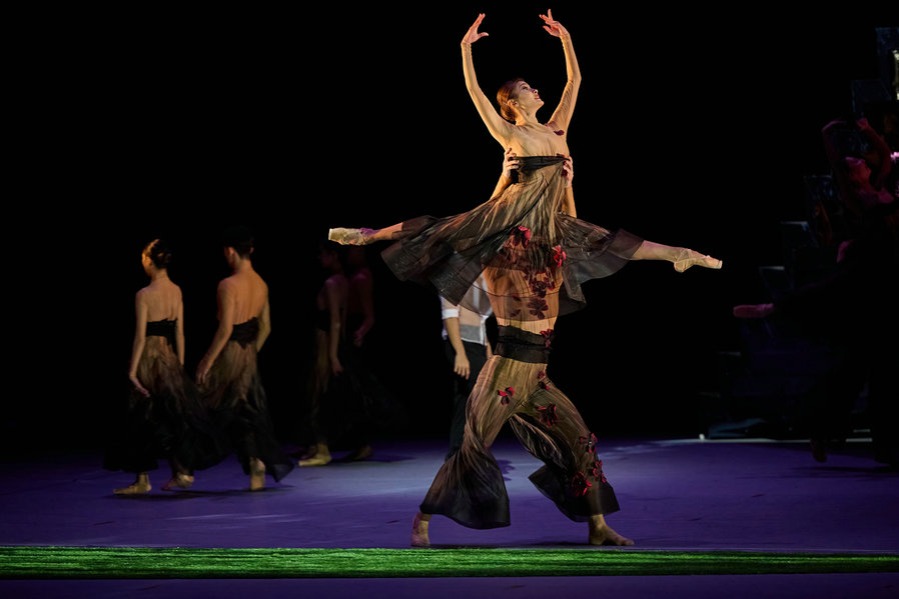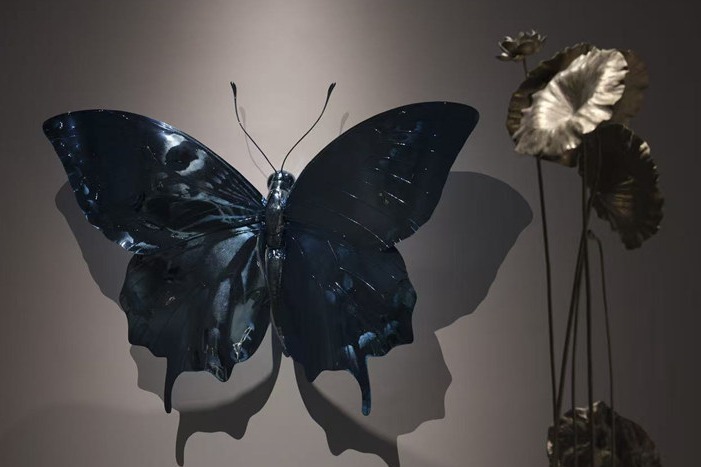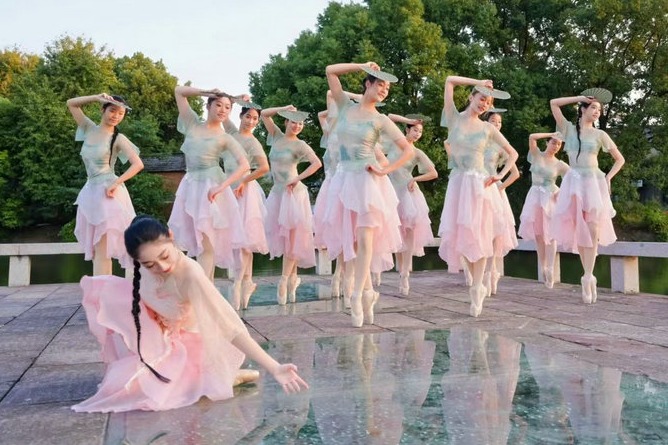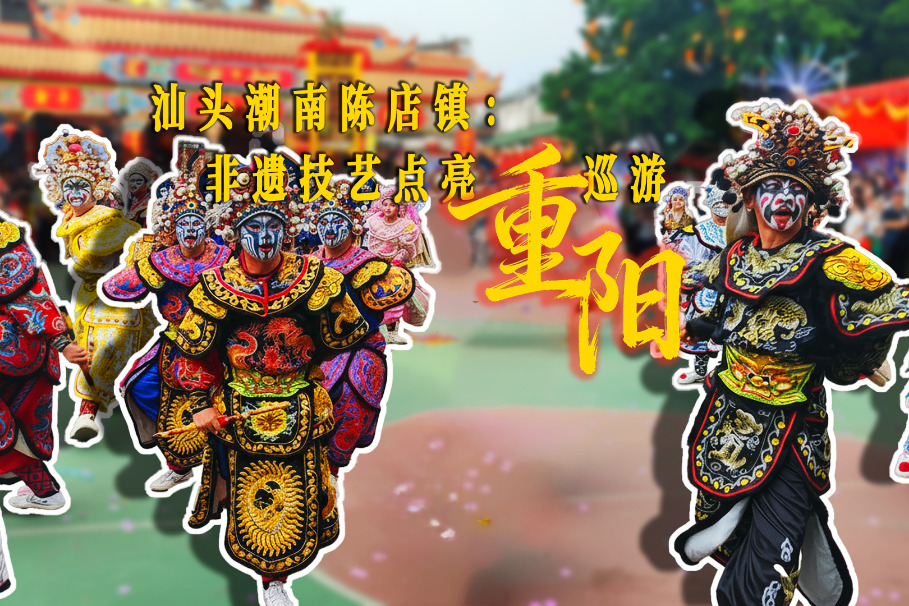Digging deeper


Several sites of historical importance around the world have been awarded recognition by the Shanghai Archaeology Forum as locations that reveal the bigger picture about early-stage globalization, Wang Kaihao reports in Shanghai.
When you look at the treasures unearthed at the tomb of the Marquis Haihun, anyone with even the most basic grasp of archaeology would be astounded by this literally "glittering" discovery.
A total of 478 ingots and gold plates weighing around 115 kilograms were found in his tomb, which dates back to the Western Han Dynasty (206 BC-AD 24), in Nanchang, Jiangxi province. They are just a small sample of the roughly 10,000 artifacts recovered from the site.
Archaeologists there unearthed the earliest portrait of Confucius ever found, alongside a particular edition of The Analects of Confucius written on scores of bamboo slips that was thought to have disappeared from history around 1,800 years ago.
Other highlights include the discovery of a funerary pit filled with the remains of chariots and horses-the only one of its kind to be found south of the Yangtze River-and an "underground orchestra"-a stash of musical instruments made of bronze. An array of exquisite jade pieces and lacquer ware was also unearthed at the site, according to Yang Jun, one of the archaeologists from the Jiangxi Provincial Institute of Cultural Relics and Archaeology leading the excavations.
Chinese scholars generally consider the tomb's contents to be among the most important archaeological discoveries in the country in recent years.
Together with nine other recent key discoveries from around the world, the tombs were bestowed with the Field Discovery Award at the fourth biennial Shanghai Archaeology Forum on Saturday, which is jointly hosted by the Chinese Academy of Social Sciences and the Shanghai municipal government. The forum runs until Dec 17.
The 10 sites stood out from more than 100 important finds nominated by over 200 archaeologists from 46 countries. They were chosen by a selection committee composed of 40 scholars from 18 countries.
A seal recovered from a coffin confirmed that the tomb belonged to Liu He, a short-lived ruler during the Western Han era, who was dethroned after just 27 days due to misconduct. But he was allowed to reside in today's Nanchang under the title of the Marquis Haihun.
"Since many of artifacts from the tombs were used by him during his lifetime, rather than simply being funerary objects, you can appreciate what an affluent life he lived," Yang says. "It's rare to find a burial site of a Western Han marquis so preserved and intact, and the discovery offers us extraordinarily comprehensive insights into society at that time."
Yang says many exotic artifacts were unearthed there, revealing a much broader picture of the cross-cultural exchanges taking place in the region at that time.
For example, a camel image on the hangers of bronze chimes and a decorated horse mask in the shape of a unicorn goat illustrate this exoticism. So does the vast array of carnelian beads, crystals and the glass inlays found on the ingots.
"It's clear that they entered China via the Silk Road," Yang says. "They have given us a rare insight into the cultural interactions taking place between China and the West at that time."





































